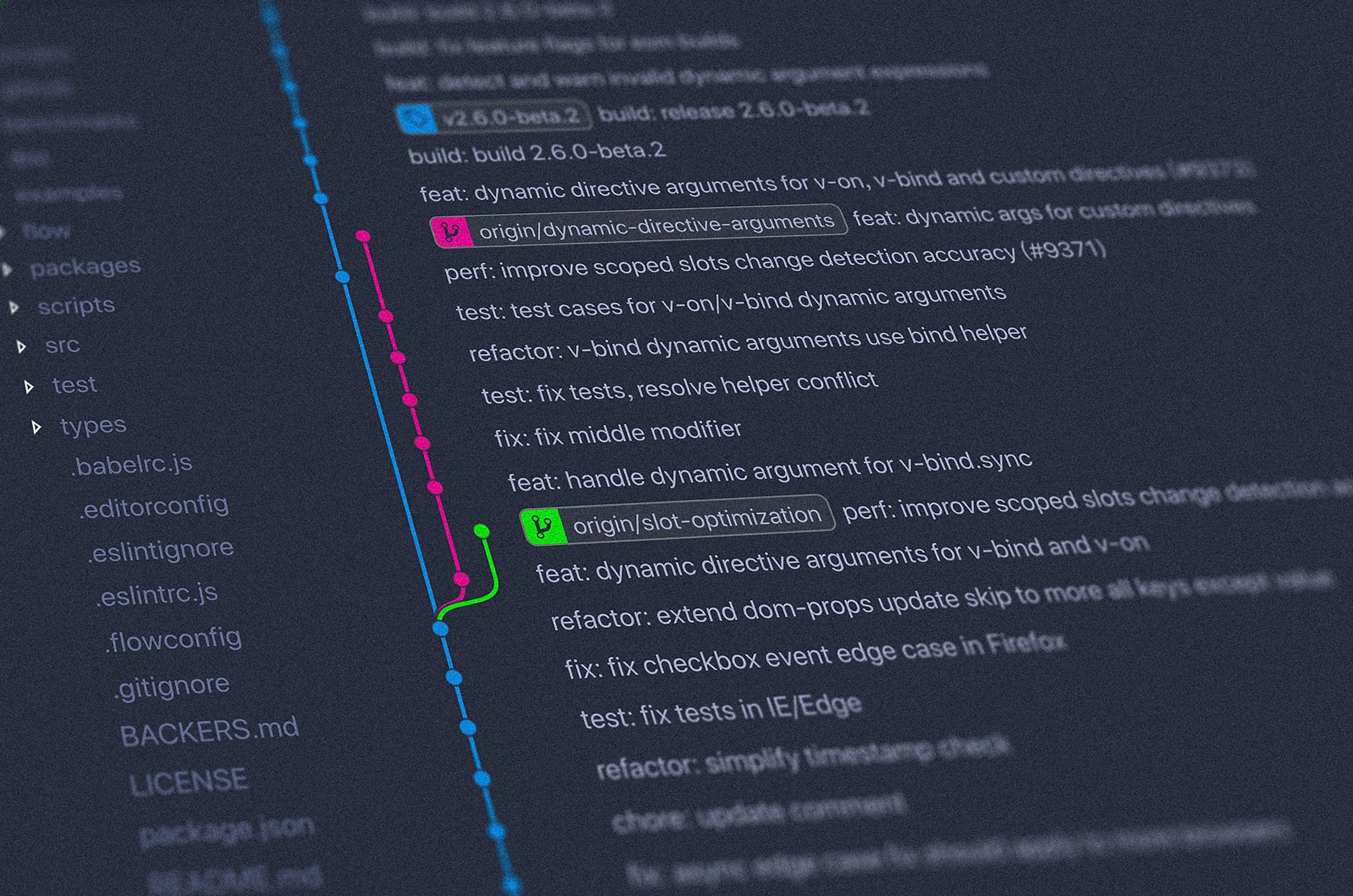Understanding User Personas for Design
In the fast-paced world of digital design, the creation of user personas for design has become a critical step in developing user-centered products. User personas are fictional characters that represent the diverse backgrounds, goals, needs, and behaviors of your target audience. By empathizing with these personas, designers can create products that truly resonate with users, enhancing the overall user experience.
What are User Personas for Design?
User personas for design are detailed representations of key segments of your audience. Created based on research and data, these personas include demographic information, behaviors, preferences, and pain points. The purpose of these personas is to focus design efforts on user needs, ensuring that the product or service being developed aligns with users’ expectations.
Why User Personas Are Vital in Design
- Enhanced Empathy: Personas help teams understand their users better, fostering a sense of empathy that informs decision-making throughout the design process.
- Focused Design: By concentrating on specific user types, designs become more targeted, ensuring products meet the needs of the intended audience.
- Improved Communication: Personas serve as a common reference point for teams, enhancing communication and collaboration across disciplines.
- Increased Efficiency: With a clear picture of user needs, teams can prioritize features and make informed decisions quickly, reducing wasted effort and resource allocation.
Crafting Effective User Personas for Design
Conducting Research
Creating accurate user personas requires thorough research. This might include:
- Interviews: Conduct interviews with existing or potential users to understand their goals and challenges.
- Surveys: Use surveys to gather quantitative data about user demographics and preferences.
- Behavioral Analysis: Analyze user interaction data from current platforms or competitors to identify common behaviors.
Building a Persona
Once research is collected, compile the data into a user persona template that typically includes:
- Name and Demographics: Give your persona a name and background, making them relatable.
- Goals and Needs: Clearly outline what this persona is trying to achieve and what they need from your product.
- Pain Points: Identify the challenges and frustrations this persona experiences.
- Behaviors and Preferences: Describe how this persona typically interacts with technology.
Best Practices for Using User Personas in Design
- Integrate Personas Early: Incorporate personas into the design process from the start to keep user needs at the forefront.
- Update Regularly: User personas should evolve as you gather more data and insights.
- Involve the Whole Team: Encourage all stakeholders, from designers to developers, to engage with and understand the personas.
- Use Scenarios: Create scenarios or user journeys to visualize how personas interact with the product in real life.
Conclusion
User personas for design are indispensable tools in crafting engaging and user-centric products. These character profiles illuminate the needs and aspirations of your audience, guiding the design process and ensuring that your product not only meets but exceeds user expectations. By investing time in understanding and developing user personas, you lay the foundation for success in the competitive landscape of digital design.
For a comprehensive approach to creating and leveraging user personas, refer to credible resources such as the Nielsen Norman Group’s guide on personas.
By prioritizing user personas, designers and developers can bridge the gap between technological possibilities and real-world usability, leading to more satisfied users and successful products.




